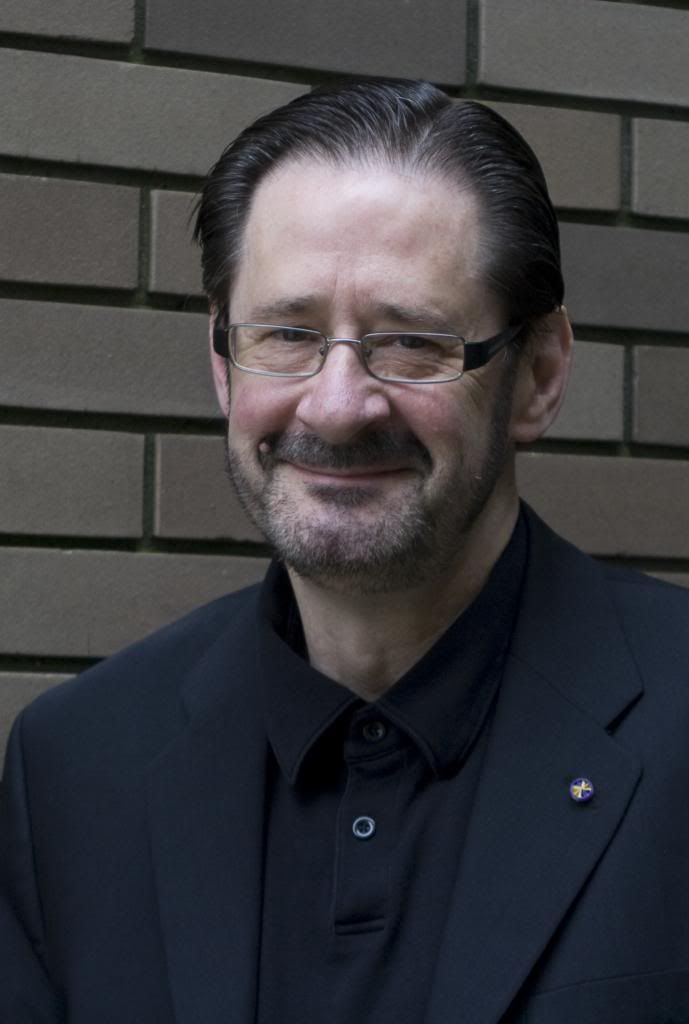An entry in Ralph Waldo Emerson's Journals reads:
"In every week there is some hour when I read my commission in every cipher of nature, and know that I was made for another office, a professor of the Joyous Science, a detector and delineator of occult harmonies and unpublished beauties, a herald of civility, nobility, learning, and wisdom; an affirmer of the One Law, yet as one who should affirm it in music or dancing, a priest of the Soul, yet one who would better love to celebrate it through the beauty of health and harmonious power."
Emerson refers to his craft as one combining the seriousness, discipline, and rigor of the intellect with the more lyrical, abstract realm of the soul. He describes his calling, "the Joyous Science," as a systematic and methodical pursuit of affirming the beautiful, true, and transcendent. A variation of the phrase "the Joyous Science," was later used by Nietzsche as the title of a volume containing both scrupulous philosophical observations and an appendix of songs (Die fröhliche Wissenschaft, or The Gay Science, 1882). This combination of intellect and passion, sentiment and sentience, is at the heart of the music of the composer we profile this week, Steven Stucky.
 |
| Steven Stucky at JiB 2012 |
The New York Times has described Stucky's music as being written in an "intricate, pungent yet transparent and, in the best sense, accessible musical language." The composer's works have always been marked by an exacting precision, even while being less abrasive than some of the spikier works of the American avant garde. Stucky once wrote, with regard to a program in which his music was performed alongside Elliott Carter's and (fellow JiB composer) Bernard Rands's: "While [Rands's] music and mine sound softer-edged than Carter's, in fact behind the scenes he and I are two of the most careful, calculating craftsmen I know—to say nothing of Ligeti or Kurtág. We know, as Carter knows, that technical finesse and intellectual control are indispensable tools for communicating feeling." For Stucky, the complexity is often in the details, expressing itself in virtuosic orchestration, subtle melodic turns, and a willingness to carefully and continuously sculpt musical material until all traces of the rigorous work of composition disappear behind the music's "beauty of health and harmonious power."
This is a feature that is evident in the composer's collection of choral pieces, Cradle Songs (1997). Recorded on the Grammy-winning Chanticleer album, Colors of Love, the first of these pieces, "Rouxinol do pico preto," is so delicate, ethereal, and harmonically captivating, it's easy to miss the compositional virtuosity on display. For instance, consider the focus on the text's sibilants and the way they are positioned to mark the beginnings of each phrase with rhythmic clarity and hypnotic precision. You can hear this piece below, performed by Canada's Musica Intima.
We're excited that Stucky will be among the many internationally-renowned composers who will on the faculty at this year's June in Buffalo festival. The winner of the 2005 Pulitzer Prize for his Second Concerto for Orchestra, Stucky served as resident composer and new music advisor at the Los Angeles Philharmonic for over two decades, and is permanently employed as Composer-in-Residence of the Aspen Music Festival and School. He taught at Cornell University, where he founded Ensemble X, until last year, when he joined the faculty of The Juilliard School. He has written commissioned works for many American orchestras and ensembles, including the New York Philharmonic, Dallas Symphony, St. Paul Chamber Orchestra, Berkeley Symphony, Washington Choral Society, and the New York Virtuoso Singers. Well known for his expertise on Lutosławski’s music, he has been recognized with the Lutosławski Society’s medal and an ASCAP Deems Taylor Award for his monograph on the composer, Lutosławski and His Music (1981).
Stucky maintains humility despite his renown, stating once that he belongs "to that great throng of composers who spend their whole lives trying to be almost as good as Massenet." He sees himself as an artist well aware of historical precedent, "standing on the shoulders of those who have cleared the path ahead." And to a younger generation of composers, he is himself an important part of that history. For this reason, we're excited to have him at this year's festival, so emerging composers can learn from his exacting expertise, benefitting from the path that he himself has cleared, and learning from him the art of the Joyous Science.
—Ethan Hayden



